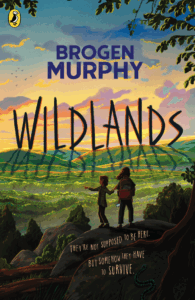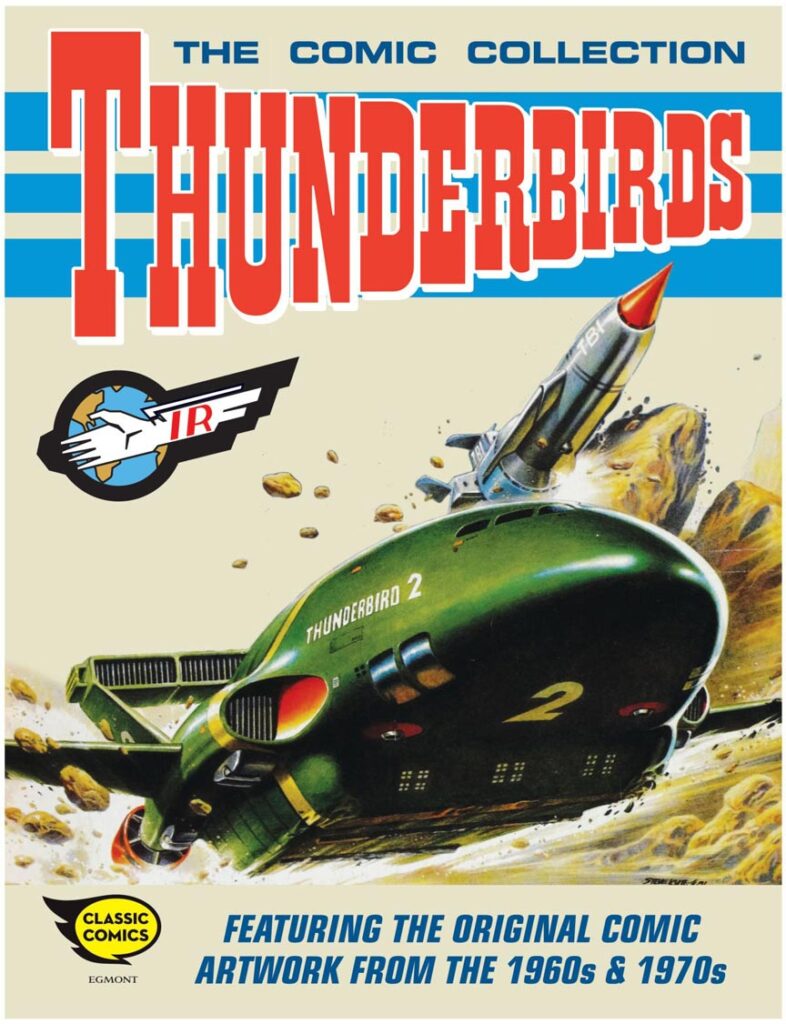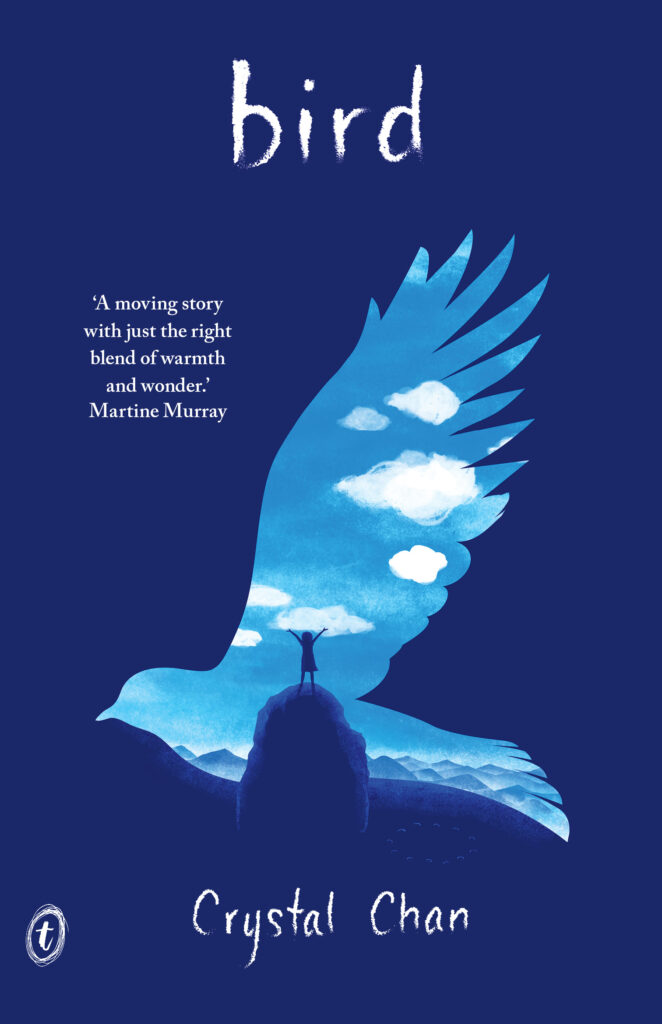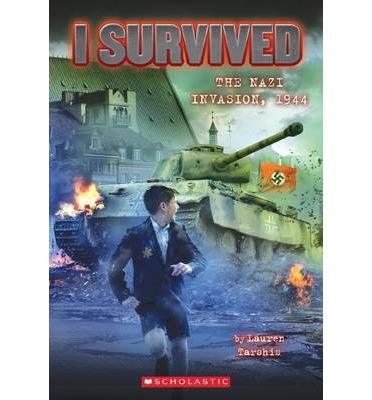Brogen Murphy, Wildlands, Puffin, March 2025, 402 pp., RRP $16.99 (pbk), ISBN 9780241728109
This is a dystopian novel. Set in the United Kingdom of the future, at a time when many common animals were facing extinction, the reintroduction of animals that had previously disappeared, has turned a national park into a wilderness where humans cannot go. This is re-wilding taken to the limit.
It is through this wilderness setting, traversed only by the train line that runs from Manchester to Glasgow, that Astrid and Indie travel. In a relatable incident, when the train stops unexpectedly, Astrid drops her phone and, in trying to retrieve it, falls from the train. Indie as is necessary for the plot, also falls and the train takes off without them.
This device allows for Indie and Astrid to embark on a series of adventures while trying to find their way out of the wilderness. Astrid needs to use the glass of the phone to help light a fire and that leads to the loss of the phone as both a communication device and a means of communication. They need to find drinking water and food that is safe to eat, and they need to escape some of the wild animals, although they are often mistaken as to what the encroaching animal actually is.
The girls realise too, that they have been walking in the wrong direction and they have to retrace their steps. They encounter poachers and almost get caught while freeing some of the animals. In their escape, they are both injured. Astrid must leave Indie behind in order to find her way out of the park and get help. Courage is a strong theme here, as is the underlying consideration as to what courage actually is.
There is a sub-plot that runs throughout the book as Astrid and Indie come from a family with two mothers. Astrid is unhappy and broods upon the fact that she is the product of a sperm donor, unlike her sister. The society developed a way of producing babies without this need after Astrid’s conception. Does this mean her mother isn’t really her mother and Indie is not really her sister? What makes a mother, or more particularly perhaps, what is mothering, becomes a point of discussion between Indie and Astrid and then, when she’s found, between Astrid and Mum.
The wilderness setting is strongly drawn and the poachers and their shed are menacing. Astrid and Indie are convincing characters – Indie is the thoughtful one who gives advice and Astrid perhaps the more physical and outwardly courageous one.
Although this has some of the characteristics of earlier adventure novels, this is one for our time – strong female protagonists and a world changed by human disregard for the natural world.
Reviewed by Margot Hillel





